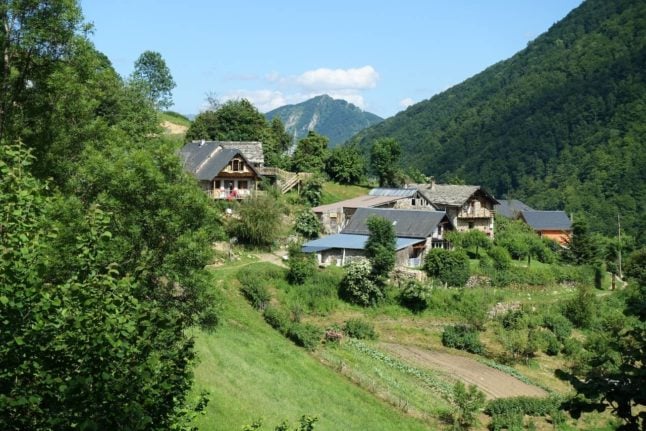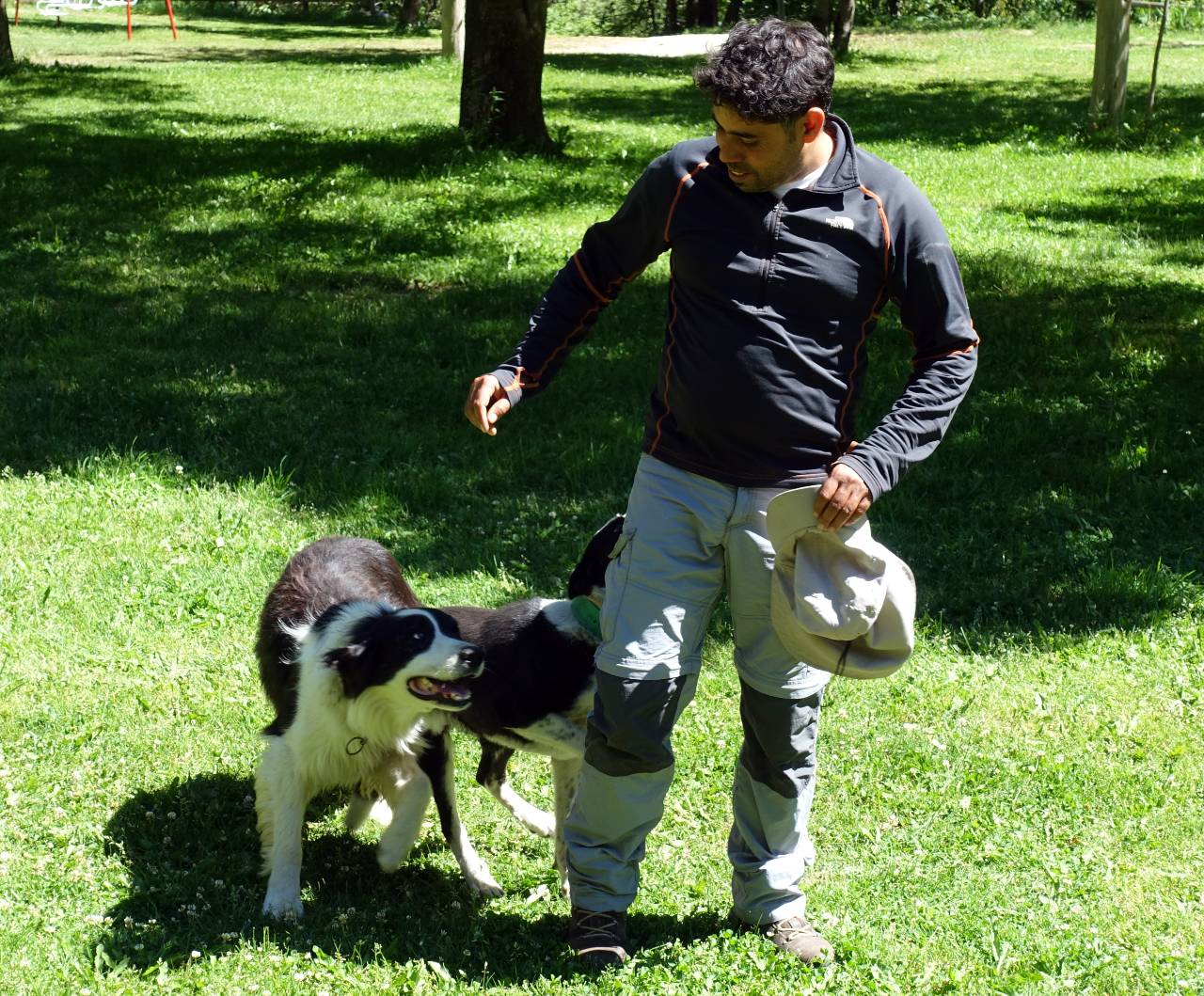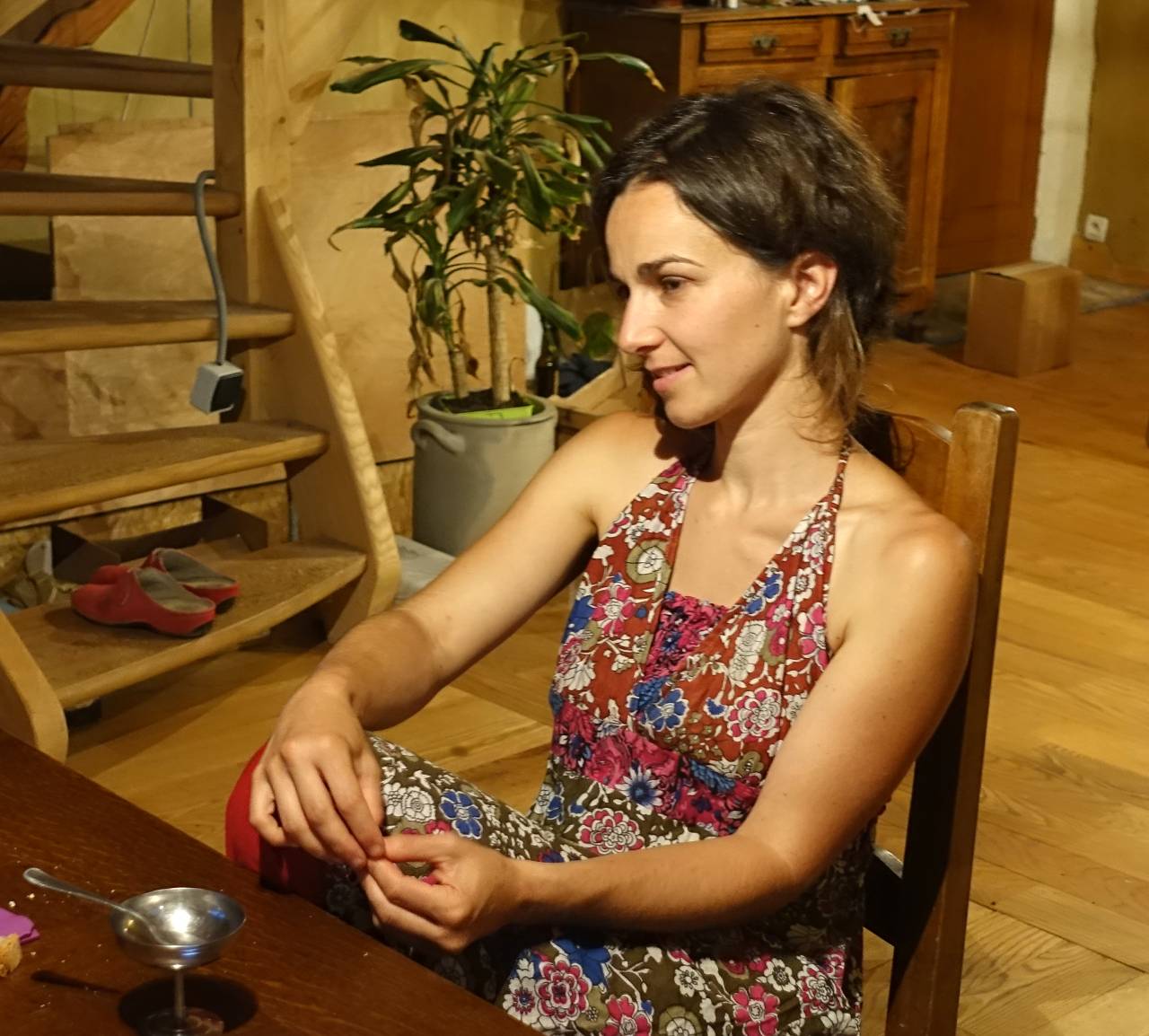The summer of 2023 continues to break records for hot temperatures while the month of July was the hottest ever recorded on the planet.
Unsurprisingly, the south of France and the island of Corsica saw the hottest temperatures, but some towns are hotter than others.
French publicly-funded news site France Info analysed temperature data from Météo France between 1991 and 2020 to find the towns that are consistently the hottest, using the readings from the town’s weather station.
They averaged the summer readings to give a ‘normal’ summer temperature – including day and night temperatures. Also included are the hottest temperatures ever recorded and the average number of days per year when the town records temperatures higher than 30C.
As you would expect, the hottest towns are in the south east of the country, mostly along the Mediterranean coast or on the island of Corsica.
The hottest town in France is Marignane, in Bouches-du-Rhône, which has an average summer temperature of 24.5C (including daytime and nightime readings) and an all-time record temperature of 39.7C. On average, there are more than 46 days per year when the temperature is higher than 30C.
Hottest towns
- Marignane – average summer temperature – 24.5C, record temperature – 39.7C, average number of days over 30C per year – 46.8
- Perpignan – average 23.7, record 42.4, days over 30C – 32.4
- Beziers – average 23.5, record 40.4, days over 30C 31.6
- Sete – average 23.4, record 40.4, days over 30C 18.6
- Montpellier – average 23.5, record 43.4, days over 30C 31.5
- Nimes – average 23.7, record 44.1, days over 30C 44.3
- Avignon – average 23.8, record 42.8, days over 30C 53.4
- Orange – average 23.5, record 42.6, days over 30C 49.1
- Carpentras – average 23.4, record 44.3, days over 30C 58
- Salon de Provence – average 23.1, record 43.4, days over 30C 46
- Istres – average 24, record 44.3, days over 30C 44.9
- Ile du Levant – average 23.3, record 38.3, days over 30C 15.4
- Le Luc average 23.9, record 42.7, days over 30C 62.4
- Nice average 23.3, record 37.7, days over 30C 8
There are also eight towns on the island of Corsica that make it into the hottest category.
For France Info's full interactive map (in French) of the 50 hottest towns in France, click here.
If you're not a fan of hot temperatures, there are plenty of places in France that enjoy a cooler climate.
From mountains to northern areas, lakes to caves, here are 6 of the coolest places in France.





 Please whitelist us to continue reading.
Please whitelist us to continue reading.
Member comments